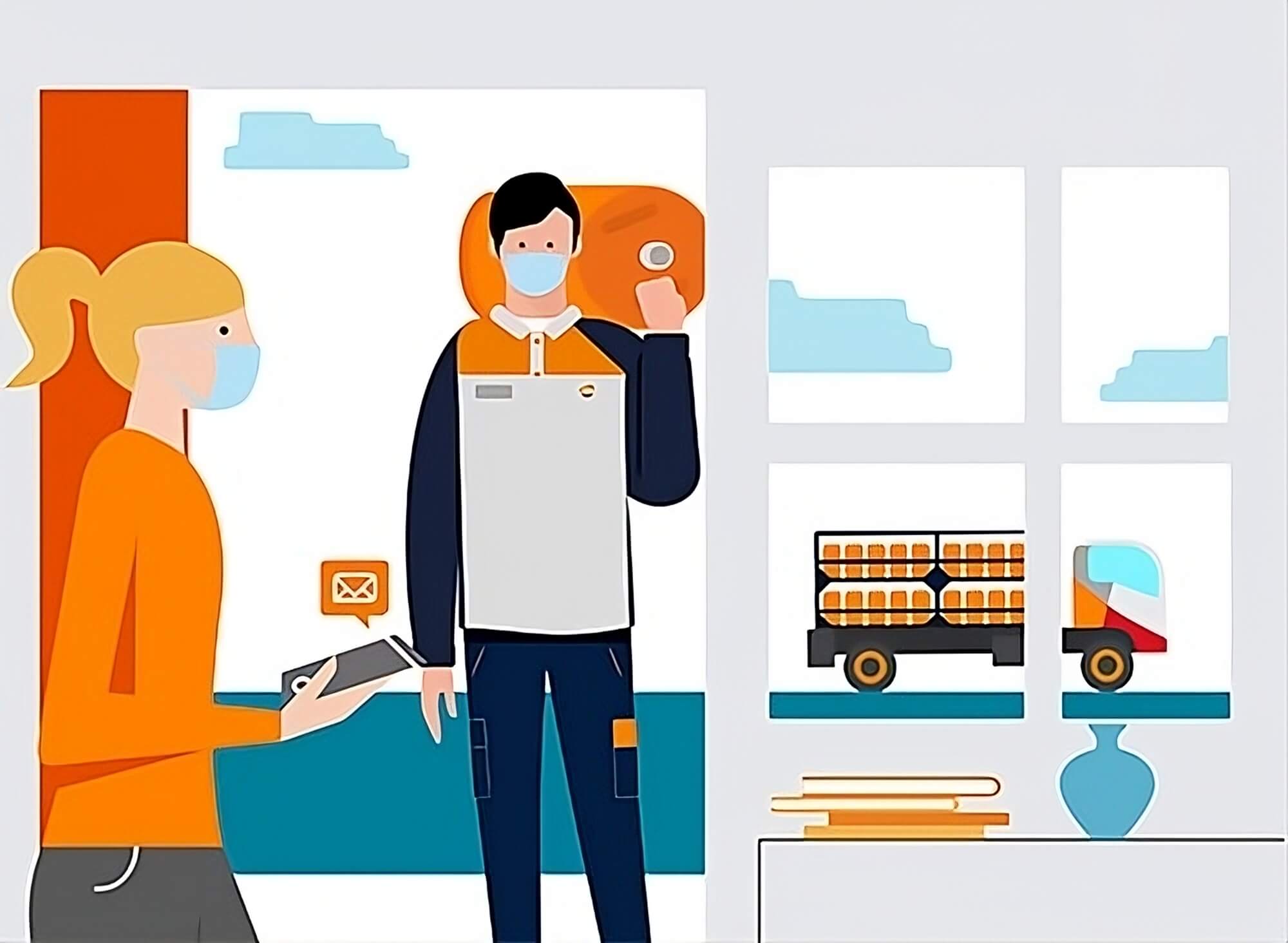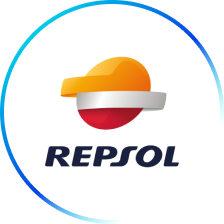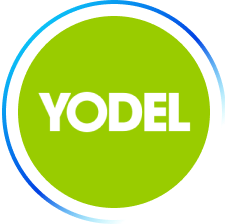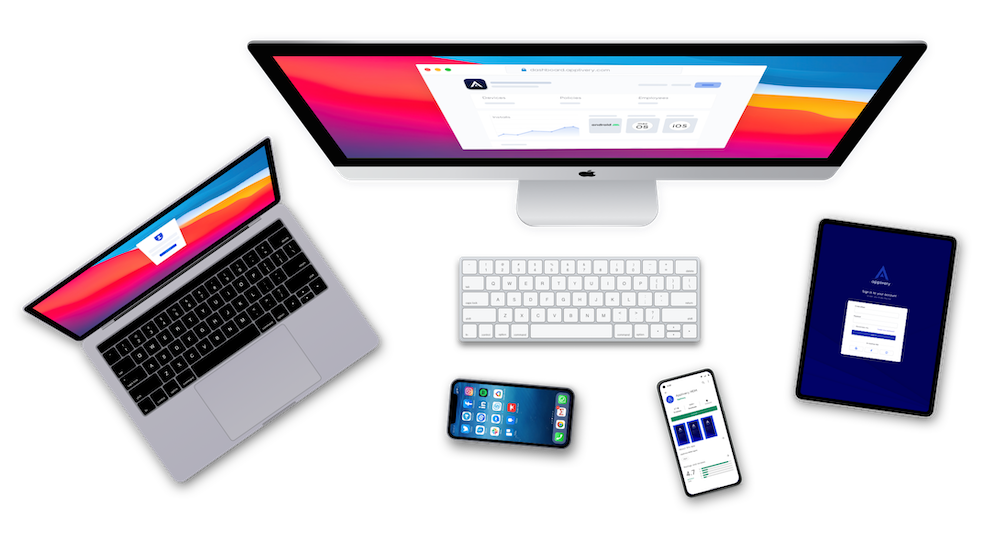Introduction
About Repsol
Repsol's challenges before implementing Applivery
Repsol, one of the leading companies in the energy sector, was facing significant challenges in managing ruggedized ATEX* devices used by contractor workers at its refineries. Before implementing Applivery, contractors were unable to deliver information about their in-plant activities via digital media from the site. They had to submit this information on paper, which was then digitized by Repsol personnel.
The need of a more efficient and secure management, together with the lack of a solution that would allow the remote and automated enrollment of devices, led Repsol to look for an alternative solution.
Why Applivery?
The choice of Applivery was not arbitrary, because this platform had been very successful in a previous project related to the management of mobile applications, both in beta testing and in production applications for different uses in Repsol, such as the delivery of butane, applications for the management team, boiler maintenance, leak detection in gas pipelines, among others.

Applivery’s easy-to-use interface and its ability to adapt to Repsol’s specific needs, with the possibility of remote enrollment via API, were determining factors in the choice. In addition, Repsol concluded that with Applivery, contractors would be able to securely access the company’s internal resources while securing:
- Coordination of business activities to automate the incorporation of contractor staff.
- Identity management to automate the registration and deregistration of new users in Repsol's systems.
- Avoid duplication of tools and capabilities.
Applivery’s MDM also allowed both contractors and internal Repsol employees to report loss or theft of their devices for so:
- Temporarily block devices.
- Automatically migrate between contracts.
- Ensure the signing of legal consents complementary to the contractual relationship before accessing the applications.
Project Development
The project was developed in an integrated way, allowing contractors to register devices automatically through the Repsol portal. Applivery’s solution made possible the verification of all user information, applying specific configurations to each profile and automatically linking all involved parts for role approval.
During the contractual life of the devices, Applivery proved its effectiveness in covering possible situations:

- Loss inside Repsol's facilities: The device is notified and blocked through Applivery APIs until it is found and unlocked.
- Theft (on or off location): Applivery is requested to remotely format and wipe the device.
- Incorrect device use: This is prevented by configuring policies and restrictions on the device, such as blocking cameras or VPN. The Repsol control panel controls who logs in and out of devices. In these cases, the device can also be blocked using Applivery systems.
- End of the contractual relationship: There is a period of one month in which the device remains active or can be transferred between contracts. Once the month has passed, the device is removed from the systems.

“Working with Applivery has been an enormously rewarding experience. The technical support team stands out for their exceptional attention and closeness, always available to adapt to our needs.
Only Applivery presented us the opportunity to manage our devices in a simple, efficient and secure way, ensuring an increase in productivity, cost reduction for the company and the elimination of manual processes.”
David Guisado
Industrial Mobility Sr. Analyst
Benefits and Results
- Automate the device management process for contractors, eliminating human intervention to a large extent and reducing the time and costs associated with manual device management.
- Significantly simplify the device enrollment and configuration process, contractors can now do this themselves. This has reduced the need to ship devices from one location to another and the intervention of third parties.
- Improve Repsol's operational efficiency, because contractors can start working with the devices more quickly and easily, without having to wait for manual configuration.
- Improve device security by applying specific policies and configurations that ensure that only the applications and functionalities required for the job are used.
- Increase visibility and control over the use of the devices, allowing Repsol to monitor their status and ensure that they are being used properly.
Conclusions
*Ruggedized ATEX devices are electronic devices designed for potentially explosive and dangerous environments, complying with the European Union’s ATEX Directive regulations.












